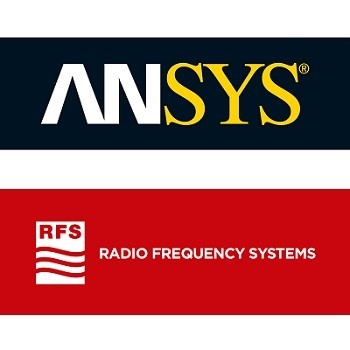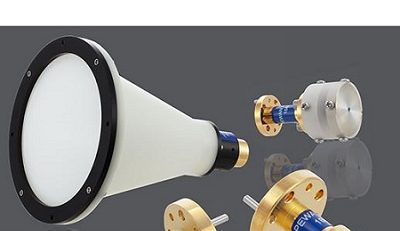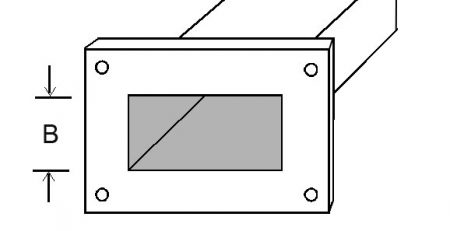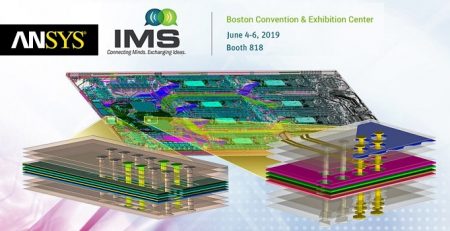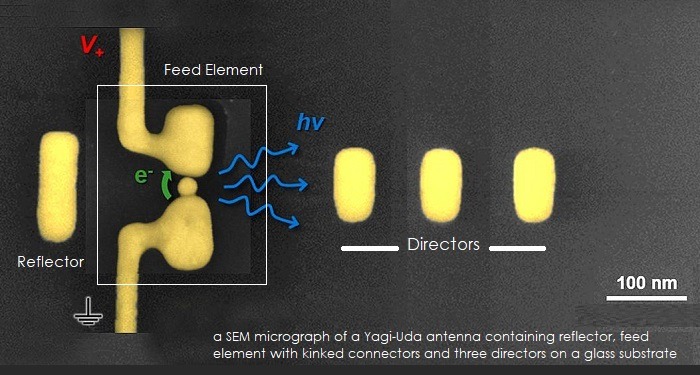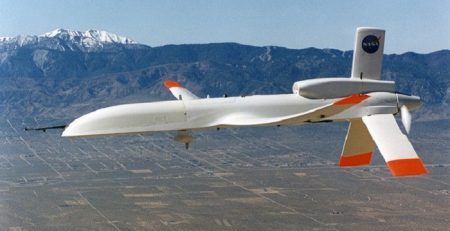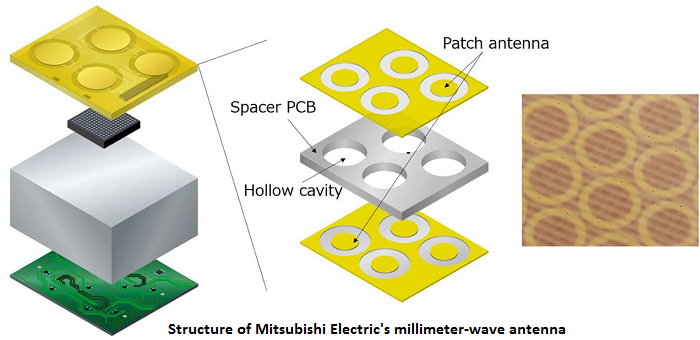RFS Reduces 5G Antenna Simulation Time from Four Days to One Hour using ANSYS Software
ANSYS and Radio Frequency Systems (RFS) have come together to create 5G antennas that will power global 5G communications, delivering unmatched speeds and more reliable connections for applications ranging from smartphones to self-driving cars. ANSYS efficiently and cost-effectively enables RFS to select their optimum antenna design, reduce the number of physical prototypes and comply with tight time-to-market deadlines. Standardizing on ANSYS simulation solutions enables RFS engineers to slash simulation time from four days to one hour – speeding their antennas to market and driving global adoption of 5G.
Antenna designers must satisfy next-generation 5G standards, comply with a variety of demanding operator and country-specific requirements, and integrate 4G and 3G architectures for legacy users. Together, these specifications require hundreds of different designs to build hundreds of thousands of antennas mounted on cell towers and building rooftops – ensuring maximum coverage for users worldwide.
Evolving antenna design architecture from 4G to 5G is a monumental technological leap and places huge demands on hardware development. RFS teams are working to conceptualize new designs faster than ever to provide guaranteed quality of service, the most important metric for communication systems. RFS is depending on ANSYS software to speed up the development of next-generation antennas that will deliver maximum 5G coverage for wireless consumers worldwide.
ANSYS empowers RFS antenna architects to rapidly create designs across numerous frequency bands. Simulation automation rapidly validates new architectures and reduces the number of prototypes and measurement cycles. With ANSYS, RFS simulates at tremendous speed and scale, further empowering designers to fully explore and optimize 5G antenna performance.


